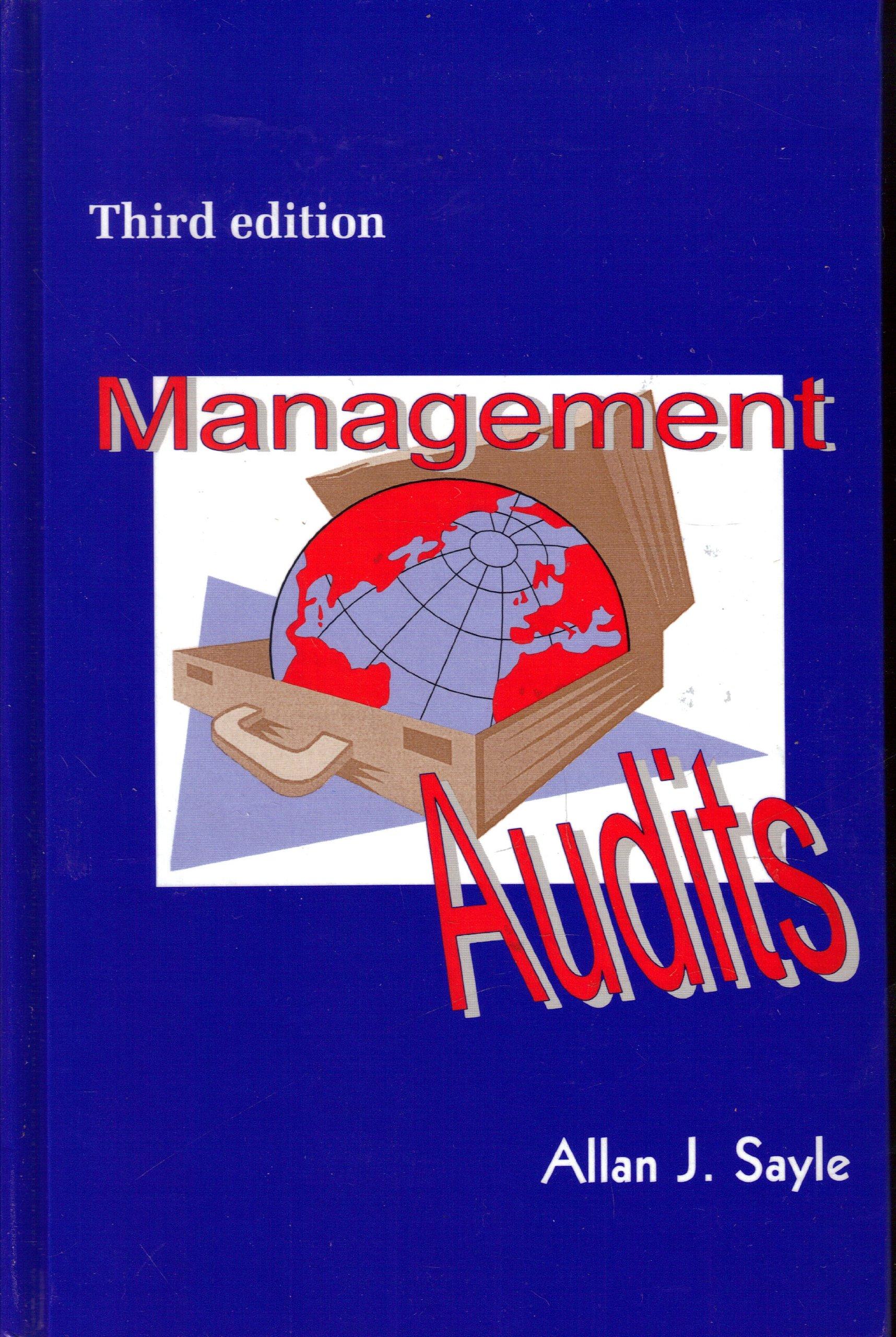H-Help In addition to thinking ahead to outcomes, it is important to receive help from consultants CACA, 2014, Remley & Herliby, 2016). This is supported by the moral relativism perspective, which encourages consultation regarding relevant industry standard practices (Warburton, 2013). By attempting to determine what most counselors would do, courses of action may be conceptualized within a social and multicultural context (Frame & Williams, 2005). In this step of the model, it is important that counselors distinguish between receiving help and receiving a decision from a consultant (Remley & Herlihy, 2016). The former is a component of good ethical decision making, whereas the latter moves the responsibility for the decision away from the councilor. Although it is important for counselors to consider information received from consultants, this help should be combined with analyses from the other steps of the ETHICS model. Consequently, effectively seeking help involves knowing what question to ask as well as whom to ask For example, asking what should I do would not be an effective use of help However asking in this situation does this aspect of the code apply would be an effective use of help. In the former situation, the counselor is asking to receive a decision from a consultant. In the latter, the counselor is asking for clarification that may affect the decision-making process Drawing from the framework posted by Behnke (2014), questions for consultation can fall into one of four Categories: legal, ethical clinical or risk management. Legal questions involve how laws and regulations may apply to a situation. Ethical questions relate to the interpretation of the ethies code. Clinical questions comprise how actions may affect the best interests of the client Risk management questions are concemed with exposure to liability, Behnke (2014) suggested that each question informs with whom colors seek help Legal questions may require an attorney, ethical questions may secessitate an ethics and clinical questions may involve a superviser, and risk management questions sugged querying a liability insurance company. The help a counselor receives from a consultant is then examined in combination with information from other eps of the model to either end support for or against an option Given that an ethical situation may require help related to multiple facets.com.cles should repeat this process for each question where help is needed. Thus, this step guides conscloes to be more intentional in receiving help rather than relying on a consultant to make a decision for them. Question 1: What is the difference "between receiving help and receiving a decision from a consultant"? (Answer in 5 to 8 lines, not less.) Question 2: Illustrate your answer to question 1 with an example, imagining that you are a counsellor, and that you have to solve a dilemma related to one of your clients. Also imagine that you seek help from another counsellor first, and from the head of the counselling agency you work in. (Answer in 20 to 25 lines, not less.)







